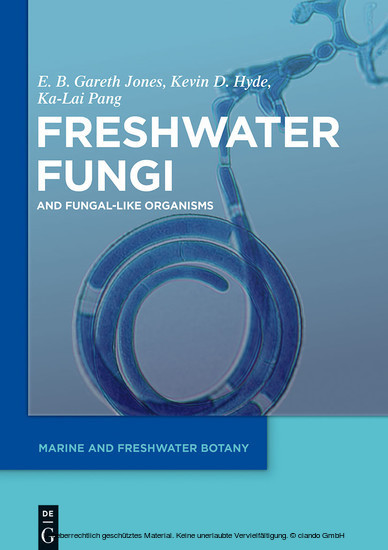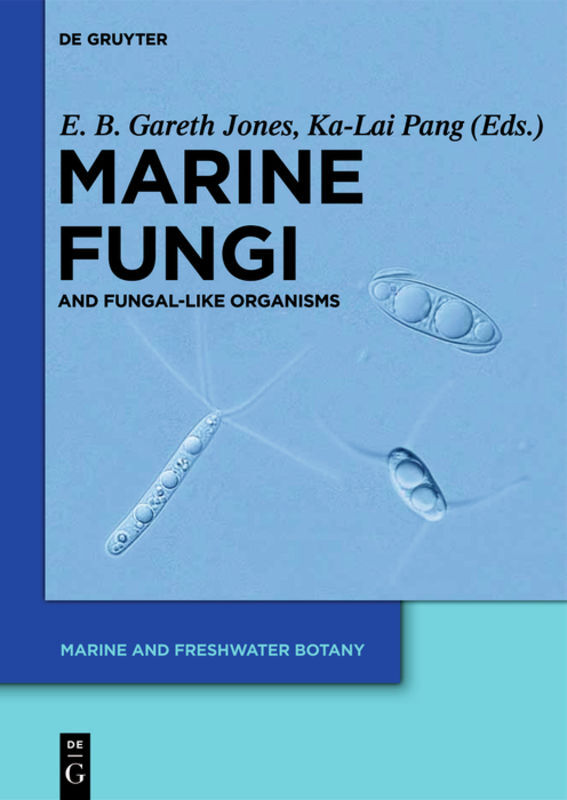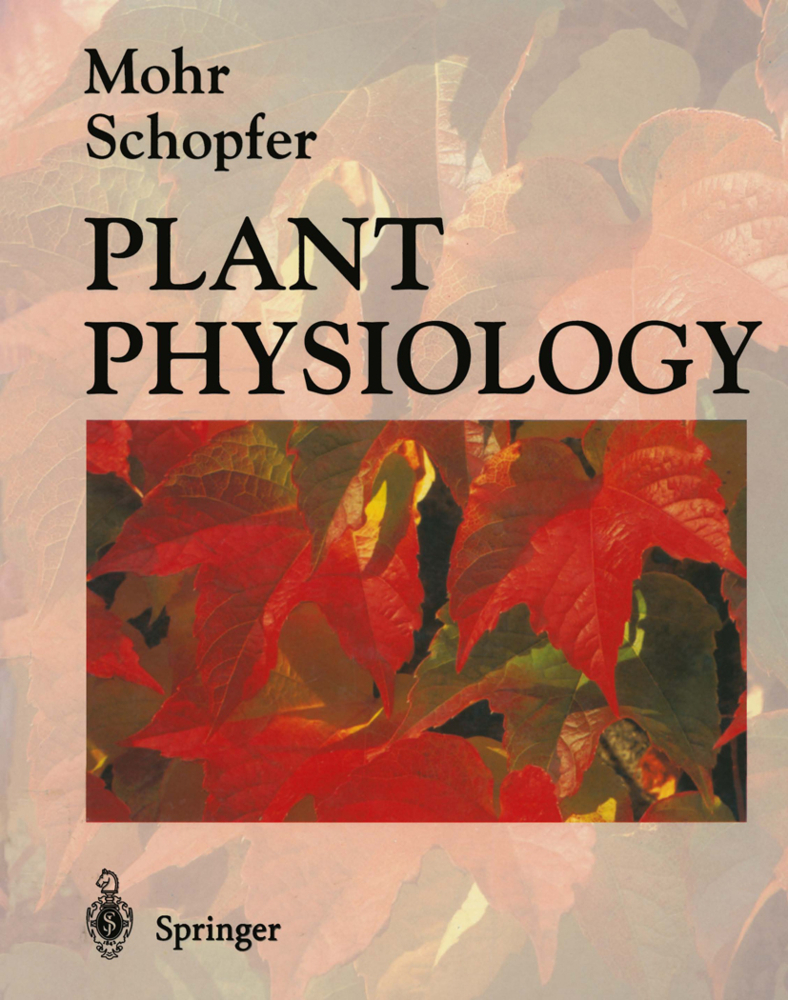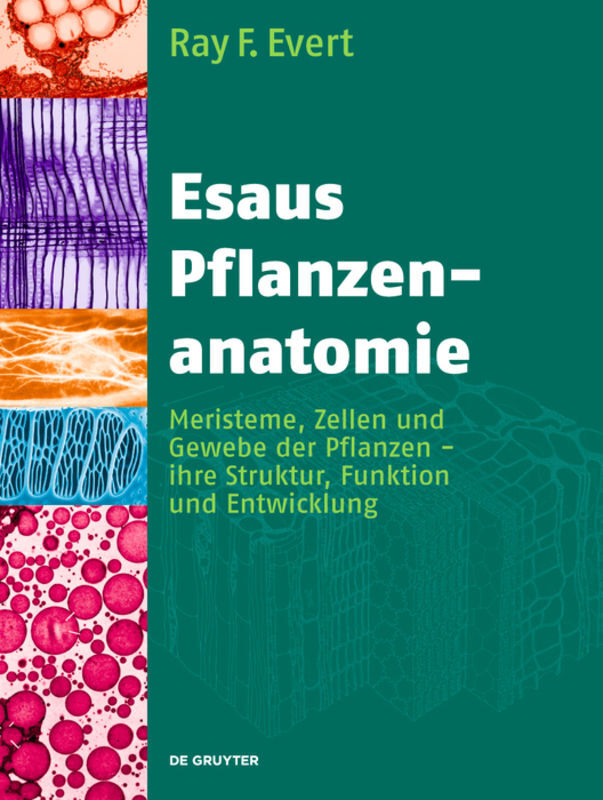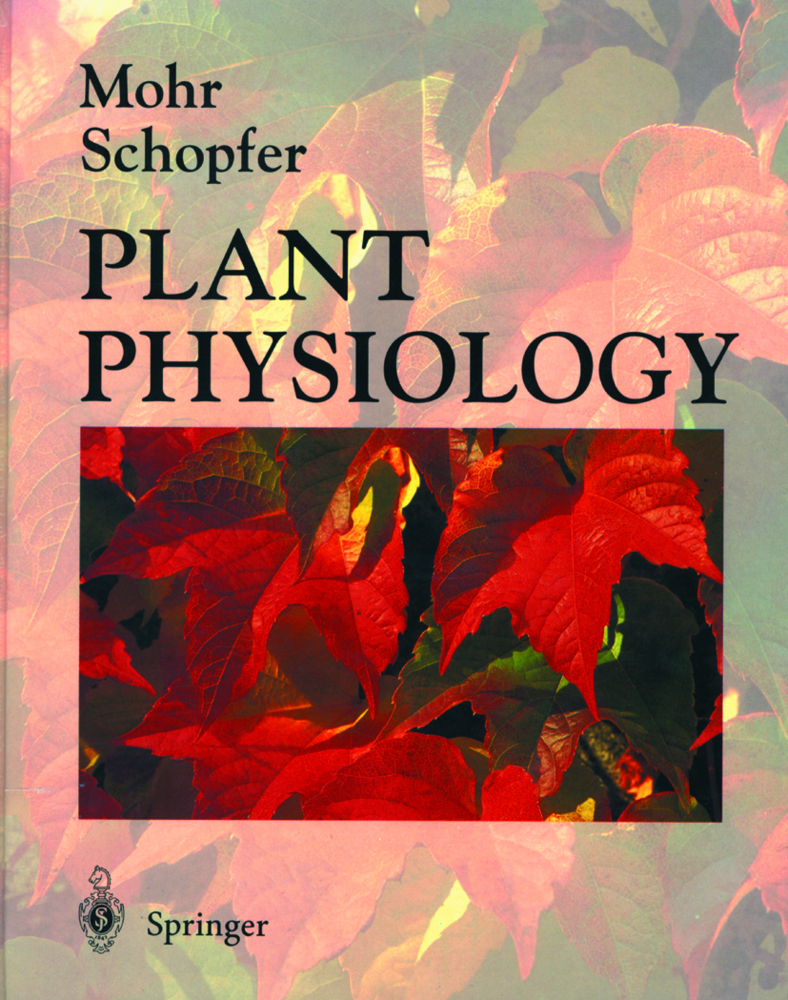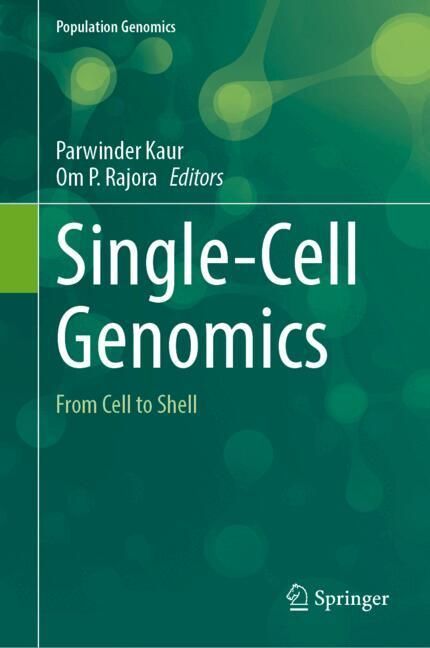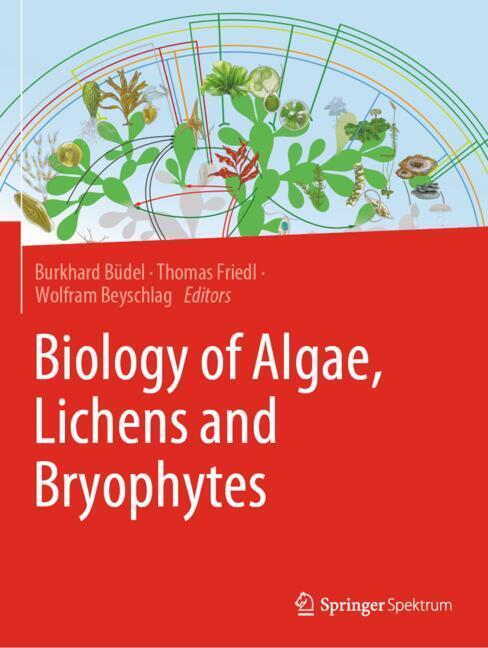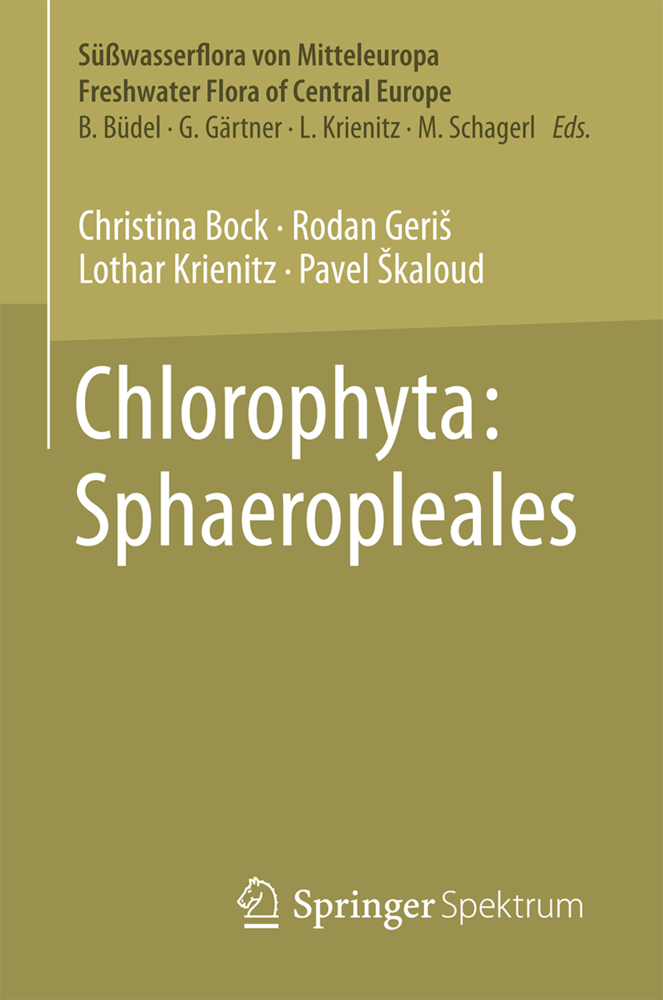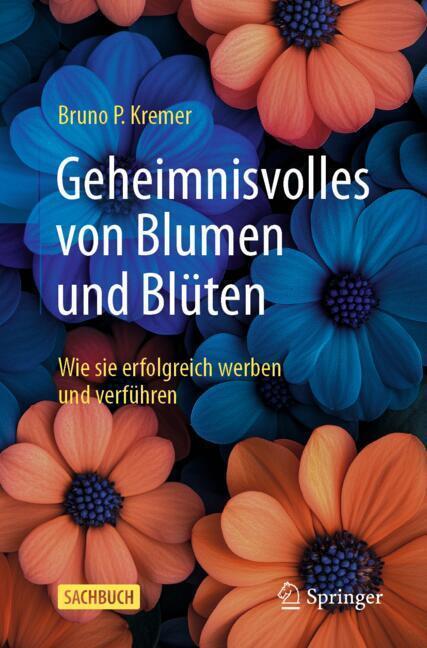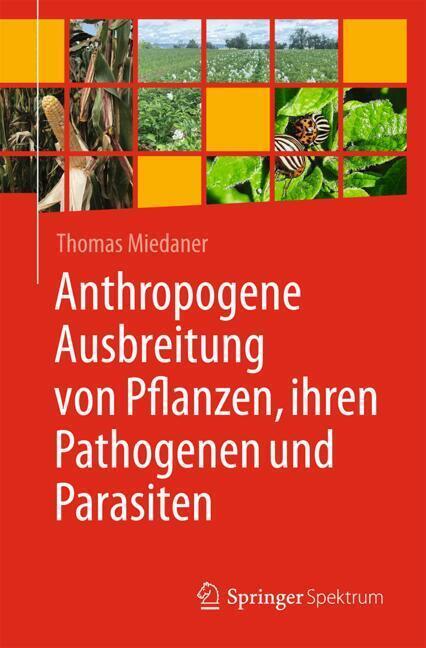Freshwater habitats are rich in fungi with some 3,000 described species, most literature focussing on their identification, substrata they grow on and world distribution. However, these fungi play an important role in the freshwater ecosystem, and are primarily involved in the breakdown of leaf litter contributing food for detritus feeders. This book will bring together a wide range of acclaimed mycologists to review recent developments on the biology and ecology of freshwater fungi, particularly their molecular phylogeny, biodiversity, causative diseases of freshwater amphibians, fishes and invertebrate animals, decomposition of leaf litter, stream pollution and their potential role in bioremediation.
Kevin D Hyde, Mae Fah Luang University, Thailand; E. B. Gareth Jones, King Saud University, Kingdom of Saudi Arabia; Ka-Lai Pang, National Taiwan Ocean University, Keelung, Taiwan (R.O.C.)
1;Preface;52;List of contributing authors;172.1;1 Introduction;232.1.1;1.1 Origin of freshwater fungi and fungal-like organisms;262.1.2;1.2 Classification of freshwater fungi;272.1.3;1.3 Estimated number of freshwater fungi;282.1.4;1.4 World distribution;302.1.5;1.5 Endophytic fungi;302.1.6;1.6 Predacious fungi;312.1.7;1.7 Bioactive compounds;322.1.8;1.8 Barcoding of freshwater fungi;342.1.9;1.9 One name one fungus ruling;352.1.10;1.10 Role of fungi in freshwater habitats;362.1.11;1.11 Objectives and outline of the volume;372.1.12;1.12 Phylogeny of true freshwater fungi;372.1.13;1.13 Phylogeny of fungus-like organisms;372.1.14;1.14 Biodiversity of freshwater fungi and fungus-like organisms;382.1.15;1.15 Ecology;382.1.16;Acknowledgments;382.1.17;References;393;Phylogeny of freshwater fungi;453.1;2 Phylogeny of the Dothideomycetes and other classes of freshwater fissitunicate Ascomycota;473.1.1;2.1 Introduction;473.1.2;2.2 Geographical distribution patterns;483.1.3;2.3 Substrate distribution patterns;483.1.4;2.4 Morphological adaptations;483.1.5;2.5 Systematics;503.1.5.1;2.5.1 General introduction;503.1.5.2;2.5.2 Current phylogenetic placement based on molecular systematics;543.1.5.2.1;2.5.2.1 Dothideomycetes-Pleosporomycetidae-Pleosporales;543.1.5.2.2;2.5.2.2 Pleosporales incertae sedis;583.1.5.3;2.5.3 Zopfiaceae, Dothideomycetes, family incertae sedis;603.1.5.4;2.5.4 Dothideomycetes incertae sedis;603.1.5.4.1;2.5.4.1 Jahnulales;603.1.5.4.2;2.5.4.2 Natipusillales;613.1.5.4.3;2.5.4.3 Minutisphaera clade;613.1.5.4.4;2.5.4.4 Freshwater asexual morphs with affinities to Dothideomycetes;613.1.6;2.6 Conclusions;623.1.7;Acknowledgments;623.1.8;References;623.2;3 The molecular phylogeny of freshwater Sordariomycetes and discomycetes;693.2.1;3.1 Introduction;693.2.2;3.2 Materials and methods;703.2.2.1;3.2.1 Taxon sampling;703.2.2.2;3.2.2 Phylogenetic analysis;703.2.3;3.3 Discussion;703.2.3.1;3.3.1 Sordariomycetidae;783.2.3.1.1;3.3.1.1 Annulatascaceae;783.2.3.1.2;3.3.1.2 Magnaporthales;823.2.3.1.3;3.3.1.3 Calosphaeriales;823.2.3.1.4;3.3.1.4 Coniochaetales;833.2.3.1.5;3.3.1.5 Diaporthales;833.2.3.1.6;3.3.1.6 Sordariales;833.2.3.2;3.3.2 Sordariomycetidae incertae sedis;843.2.3.3;3.3.3 Hypocreomycetidae;843.2.3.3.1;3.3.3.1 Savoryellales;843.2.3.3.2;3.3.3.2 Microascales;853.2.3.3.3;3.3.3.3 Hypocreales;853.2.3.4;3.3.4 Xylariomycetidae;863.2.3.4.1;3.3.4.1 Xylariales;863.2.3.4.2;3.3.4.2 Phyllachorales;863.2.3.4.3;3.3.4.3 Trichosphaeriales;863.2.3.5;3.3.5 Discomycetes;863.2.3.5.1;3.3.5.1 Helotiales;863.2.3.5.2;3.3.5.2 Pezizales;873.2.3.5.3;3.3.5.3 Rhytismatales;883.2.4;3.4 Concluding remarks;883.2.5;Acknowledgments;883.2.6;References;893.3;4 Freshwater Basidiomycota £;953.3.1;4.1 Group 1 freshwater yeasts;1043.3.1.1;4.1.1 Agaricomycotina;1053.3.1.1.1;4.1.1.1 Tremellomycetes;1053.3.1.2;4.1.2 Pucciniomycotina;1073.3.1.2.1;4.1.2.1 Cystobasidiomycetes;1073.3.1.2.2;4.1.2.2 Microbotryomycetes;1073.3.1.2.3;4.1.2.3 Microbotryomycetes Incertae sedis;1083.3.1.3;4.1.3 Ustilaginomycotina;1093.3.1.3.1;4.1.3.1 Ustilaginomycetes;1093.3.2;4.2 Group 2 filamentous fungi;1093.3.2.1;4.2.1 Agaricomycotina;1093.3.2.1.1;4.2.1.1 Agaricomycetes;1093.3.2.1.2;4.2.1.2 Exobasidiomycetes;1143.3.2.1.3;4.2.1.3 Tremellomycetes;1143.3.2.2;4.2.2 Pucciniomycotina;1143.3.2.2.1;4.2.2.1 Atractiellomycetes;1143.3.2.2.2;4.2.2.2 Classiculomycetes;1153.3.2.2.3;4.2.2.3 Microbotryomycetes;1163.3.2.3;4.2.3 Ustilaginomycotina;1173.3.2.3.1;4.2.3.1 Ustilaginomycetes;1173.3.2.3.2;Basidiomycota-incertae sedis;1173.3.3;4.3 Group 3 endophytes;1213.3.4;4.4 Adaptation to freshwater habitats;1213.3.5;Acknowledgments;1223.3.6;References;1223.4;5 Taxonomy of filamentous asexual fungi from freshwater habitats, links to sexual morphs and their phylogeny;1313.4.1;5.1 Introduction;1313.4.2;5.2 Morphological taxonomy;1323.4.2.1;5.2.1 Hyphomycetes;1323.4.2.2;5.2.2 Coelomycetes;1343.4.2.3;5.2.3 Asexual-sexual c
Jones, E. B. Gareth
Hyde, Kevin D.
Pang, Ka-Lai
| ISBN | 9783110333480 |
|---|---|
| Artikelnummer | 9783110333480 |
| Medientyp | E-Book - PDF |
| Copyrightjahr | 2014 |
| Verlag | Walter de Gruyter GmbH & Co.KG |
| Umfang | 510 Seiten |
| Sprache | Englisch |
| Kopierschutz | Digitales Wasserzeichen |

